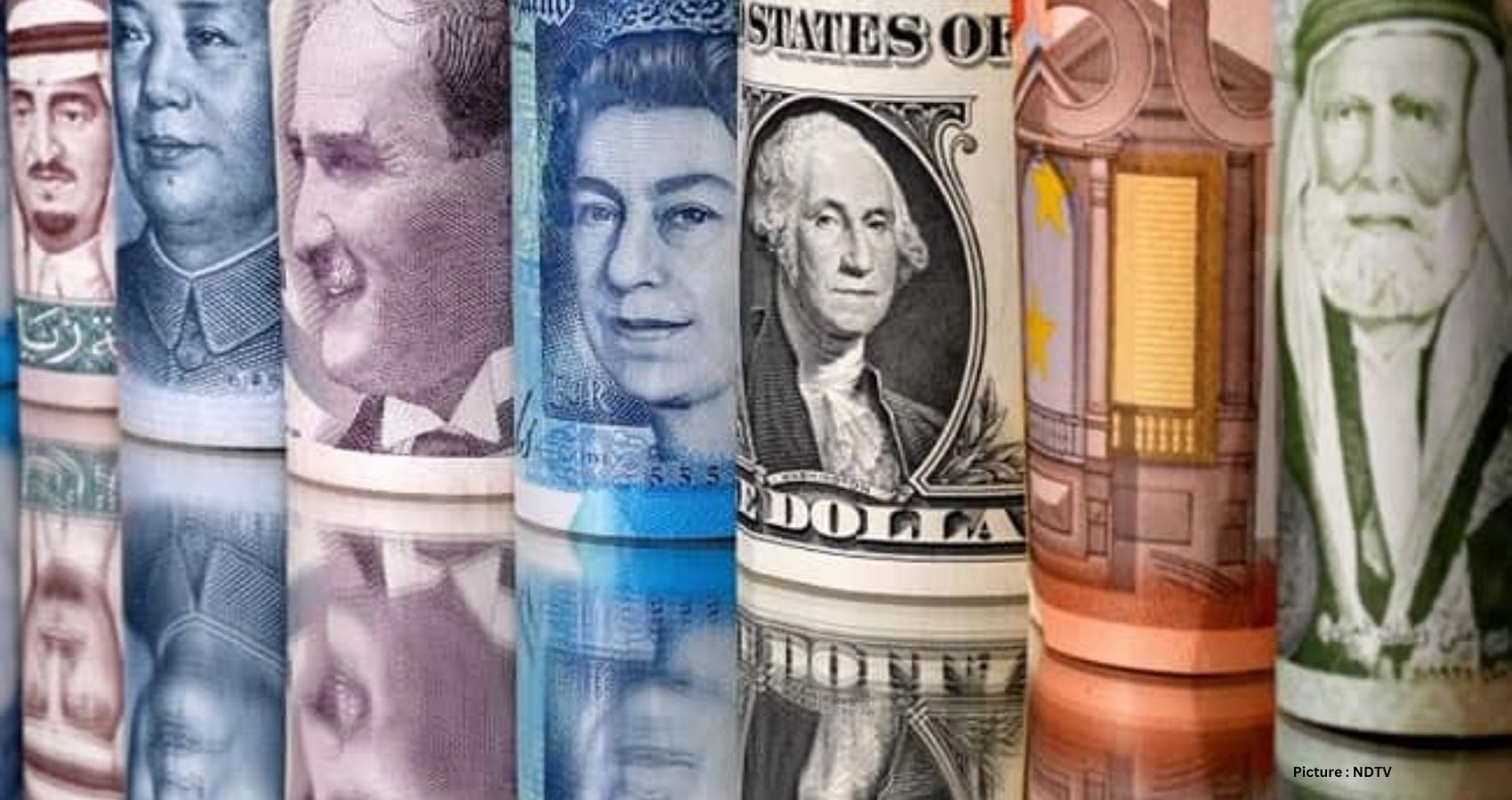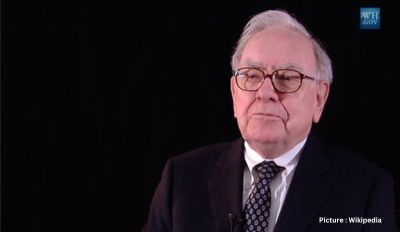Currency, often described as the lifeblood of global trade, serves as a pivotal indicator of a country’s economic vitality. The strength of a nation’s currency not only reflects its stability but also showcases a robust financial health that resonates internationally, attracting investments and fostering crucial global partnerships. In essence, a strong currency becomes a shield, enabling nations to weather economic storms and fortify their positions in the intricate web of global commerce. Officially recognized by the United Nations, there are 180 legal tender currencies worldwide. However, the popularity and widespread use of certain currencies don’t necessarily correlate with their actual value or strength.
The delicate dance of currency strength is orchestrated by the interplay of supply and demand, with influences ranging from interest rates and inflation to geopolitical stability.
“A robust currency not only enhances a country’s purchasing power but also underlines its credibility on the world stage,” states a report. Investors seek refuge in currencies that stand firm, setting off a ripple effect that molds financial markets worldwide.
Forbes recently unveiled a list detailing the 10 strongest currencies globally, comparing them with the Indian Rupee and USD, shedding light on the factors contributing to their prominence.
Topping the list is the Kuwaiti Dinar, with one Kuwaiti Dinar equivalent to ₹ 270.23 and $3.25. Following closely is The Bahraini Dinar, valued at ₹ 220.4 and $2.65. The Omani Rial (Rs 215.84 and $2.60), Jordanian Dinar (Rs 117.10 and $1.141), Gibraltar Pound (Rs 105.52 and $1.27), British Pound (Rs 105.54 and $1.27), Cayman Island Dollar (Rs 99.76 and $1.20), Swiss Franc (Rs 97.54 and $1.17), and the Euro (Rs 90.80 and $1.09) make up the rest of the prestigious list.
Notably, the US Dollar, despite its global popularity and status as the most widely traded currency, finds itself at the bottom of the list, with one USD valued at ₹ 83.10. Forbes explains that the US Dollar, while holding the position of the primary reserve currency globally, ranks 10th among the world’s strongest currencies.
According to the exchange rates published on the International Monetary Fund’s (IMF) website as of Wednesday, India holds the 15th position with a value of 82.9 per US Dollar.
The Kuwaiti Dinar, which claims the top spot, has consistently been recognized as the world’s most valuable currency since its introduction in 1960. The success of this currency is attributed to Kuwait’s economic stability, driven by its abundant oil reserves and a tax-free system.
Forbes also highlights the Swiss Franc, the official currency of Switzerland and Liechtenstein, as widely regarded as the most stable currency globally.
It’s crucial to note that the list is based on currency values as of January 10, 2024, and comes with a disclaimer acknowledging the potential for fluctuations in these values.
The unveiling of Forbes’ list not only provides insight into the current strength of global currencies but also emphasizes the intricate relationship between economic stability, natural resources, and taxation systems in determining the strength of a nation’s currency. As the world continues to navigate the complex landscape of international trade, these currency dynamics play a pivotal role in shaping the interconnected web of global commerce.











